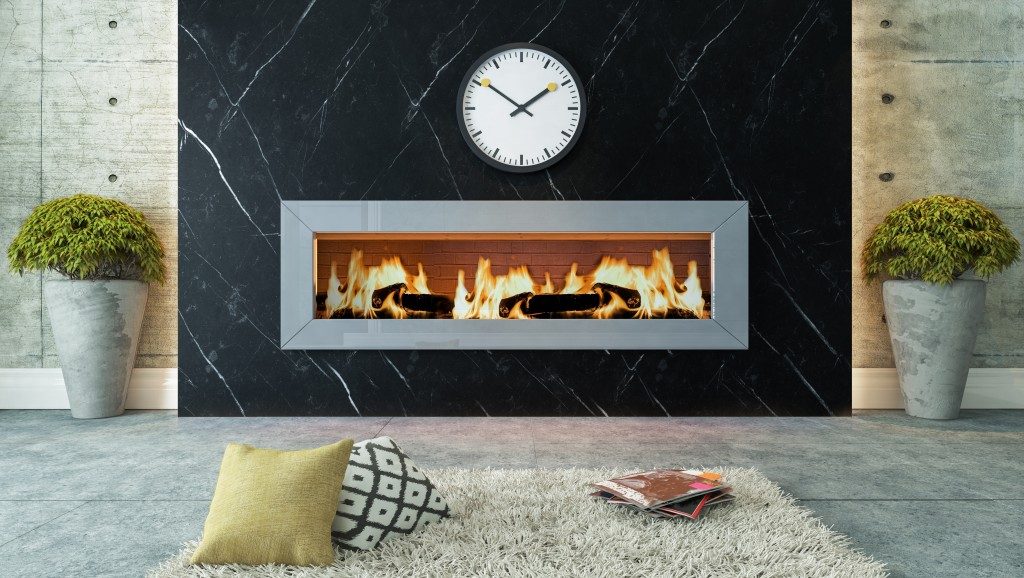There are currently several options for indoor heating to guarantee your building’s comfort even in the coldest of times. The most aesthetic choice remains one with burning wood. This will not only assure you of indoor heat but will also boost the look of your indoors. In times past, this option was associated with billowy smoke that affected the look of virtually all elements in your interior and left occupants smelling smoke.
You need not settle for gas fireplaces featuring various wood-like accessories for your Salt Lake City property if this is your worry. There are now multiple wood-burning appliances that will guarantee heat with no risk of smoke in your interior. Here are the alternatives:
Fireplaces
There are two categories of wood-burning fireplaces: retrofits and fireplace inserts. Inserts look and work like free-standing wood-burning stoves, though they are meant to be installed within an existing metal or masonry fireplace. Retrofits, on the other hand, are devices installed in an existing masonry or factory-built fireplaces. Their primary purpose is the reduction of smoke pollution from your fireplace by not less than 70%.
Wood Stoves
These are made of stone, cast iron, or steel and are the most common option for burning wood. New wood stoves have efficiency ratings denoted as higher heating value (HHV) of up to 83%. While they generate considerable heat, they will generally work well only when their fire is burning at full throttle. They have a secondary channel that will funnel heated air toward the stove’s glass doors, thus maintaining a clear view of the burning fire.
Masonry Heaters
These generate less heat than other wood-burning appliances. They are also known as Finnish, Siberian, or Russian fireplaces and include a large masonry mass such as bricks, smoke channels, and a firebox. The firebox has a refractory concrete lining that handles temperatures of over 2,000 degrees Fahrenheit. Their relatively small yet intense fires generate minimal air pollution and the accumulation of minimal creosote in your chimneys. There are various style and design alternatives for masonry heaters available. They are, however, expensive and do not heat as quickly as other alternatives.
Pellet-burning Appliances
These often use compacted wooden pellets, though some will use corn kernels, small wood chips, or nutshells. Pellet-burning appliances are easier to operate and have higher heating and combustion efficiencies than fireplaces and masonry heaters. They are EPA-certified and have energy efficiency ratings of 70 to 83% and capacities of 80,000 to 90,000 BTU/hour. They can be used in all buildings, including condos and apartments.
Hydronic Heaters

These are unpressurized or pressurized fluid-based heaters that can be used indoors or outdoors. They are also called outdoor water stoves, wood boilers, or outdoor boilers. They operate using wood chips, corn, or wood pellets and transfer heat to water that will then be piped to heat different areas. Hydronic heaters are used in backyards, garages, barns, and greenhouses.
With these alternatives, your home can benefit from heating without any inconveniences. Using wood for your indoor heating is also way cheaper than other fuel options and generates considerable heat. You are also assured of heat even in electricity outages and in places that have no gas piping.
